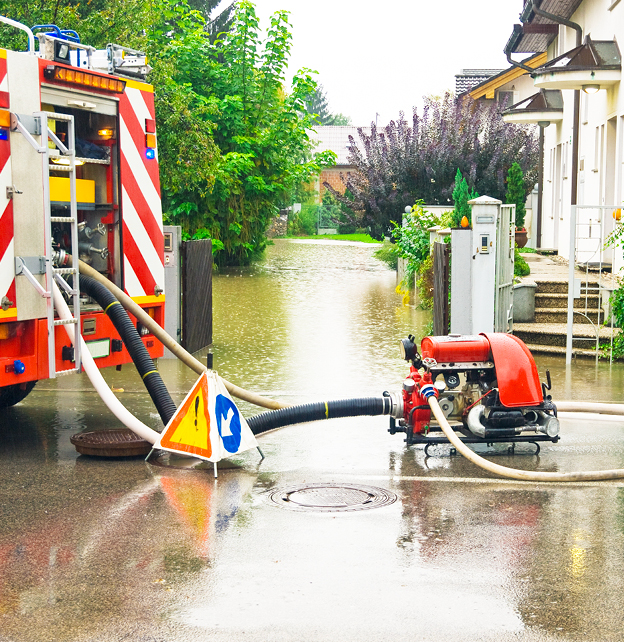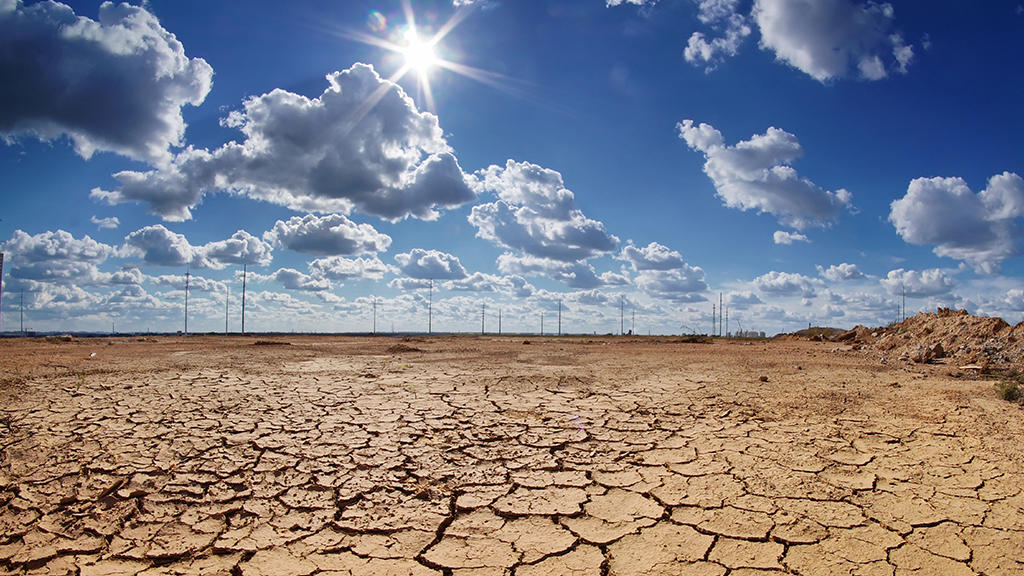Visit our hub on Extreme Weather
Weather patterns around the world are changing, and in increasing frequency. Our Research team explores the themes that will impact businesses, policymakers and society. Explore our hub of insights on Extreme Weather.
















